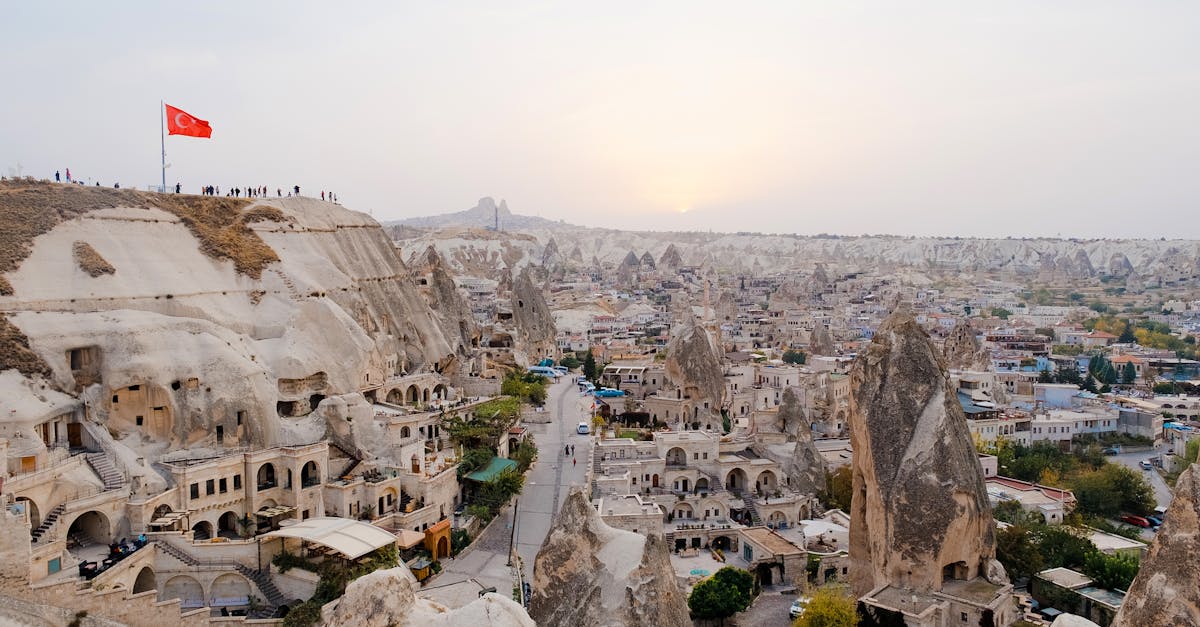Cappadocia in Central Anatolia, is particularly renowned for its fascinating underground cities, which are remarkable examples of ancient engineering and ingenuity. These underground cities of Central Anatolia are remarkable archaeological sites that offer a glimpse into the ingenuity and resilience of ancient civilizations. They are a must-visit for anyone exploring the rich history and unique landscapes of the Cappadocia region.
Historical Context:
The underground cities were primarily built during the Hittite period (around 1600-1200 BCE) and later expanded by early Christians as a refuge from invasions and persecution. They provided safe havens during times of conflict, allowing communities to live and thrive underground.
Notable Underground Cities:
Derinkuyu:
The largest and most famous underground city, Derinkuyu extends approximately 60 meters (197 feet) deep and could accommodate thousands of people. It features multiple levels, with living quarters, storage rooms, kitchens, and even churches.
Kaymaklı:
Another significant underground city, Kaymaklı is known for its extensive network of tunnels and rooms. It is slightly smaller than Derinkuyu but equally impressive, with a complex layout that includes ventilation shafts and communal areas.
Architecture and Features:
The underground cities are characterized by their intricate design, including:
Tunnels and Passageways:
Narrow corridors connect various sections, allowing for movement between different levels.
Ventilation Systems:
Ingenious ventilation shafts ensure a supply of fresh air, crucial for the inhabitants.
Storage and Living Spaces:
Rooms were used for various purposes, including living quarters, food storage, and communal areas.
Cultural Significance:
These underground cities reflect the resilience and adaptability of the people who built them. They are a testament to the region’s rich history and cultural heritage, showcasing the architectural skills of ancient civilizations.
Tourism:
Today, the underground cities are popular tourist attractions, drawing visitors interested in history, archaeology, and unique experiences. Guided tours provide insights into their history and significance.
Preservation Efforts:
Ongoing efforts are made to preserve these ancient sites, ensuring that they remain accessible for future generations while protecting their historical integrity.

